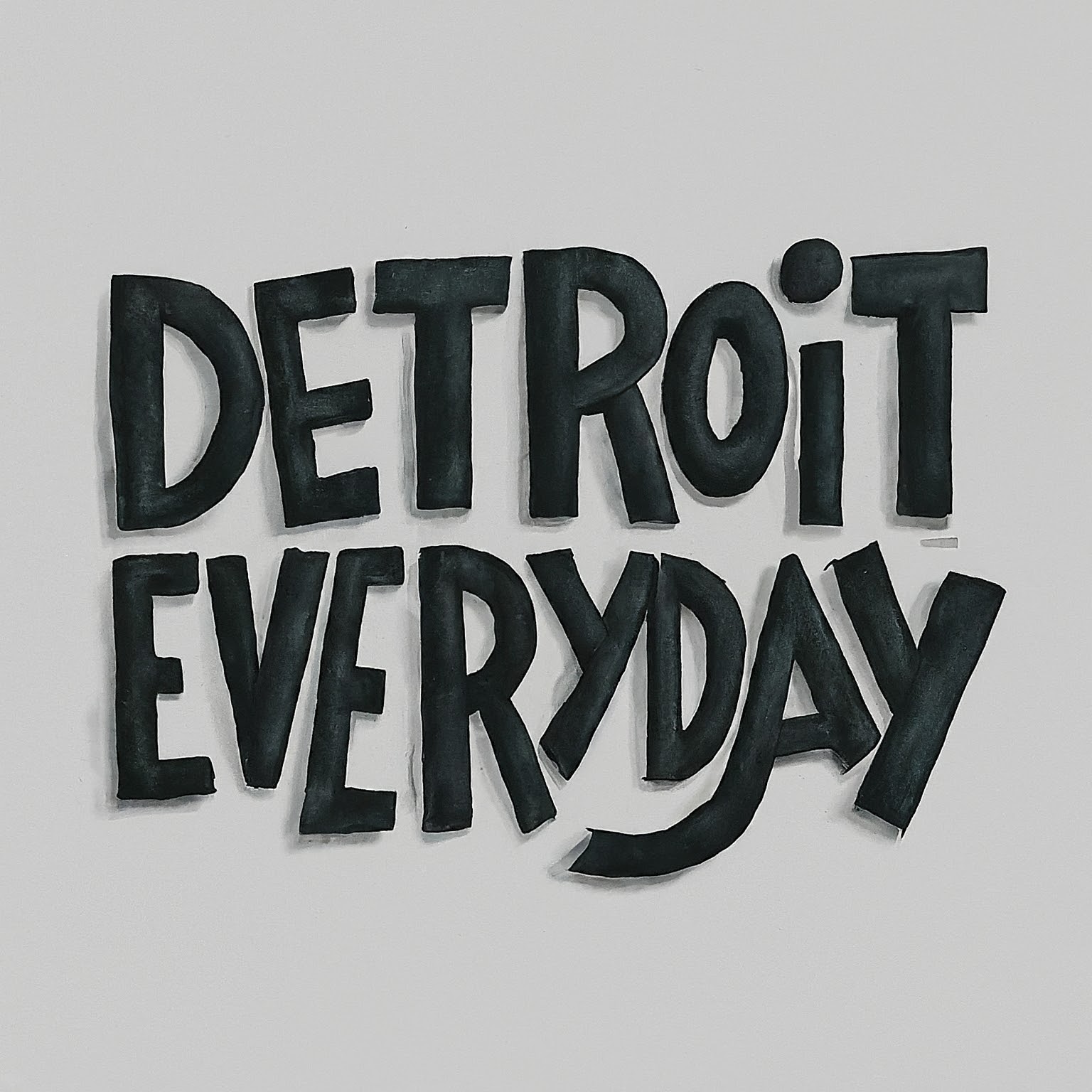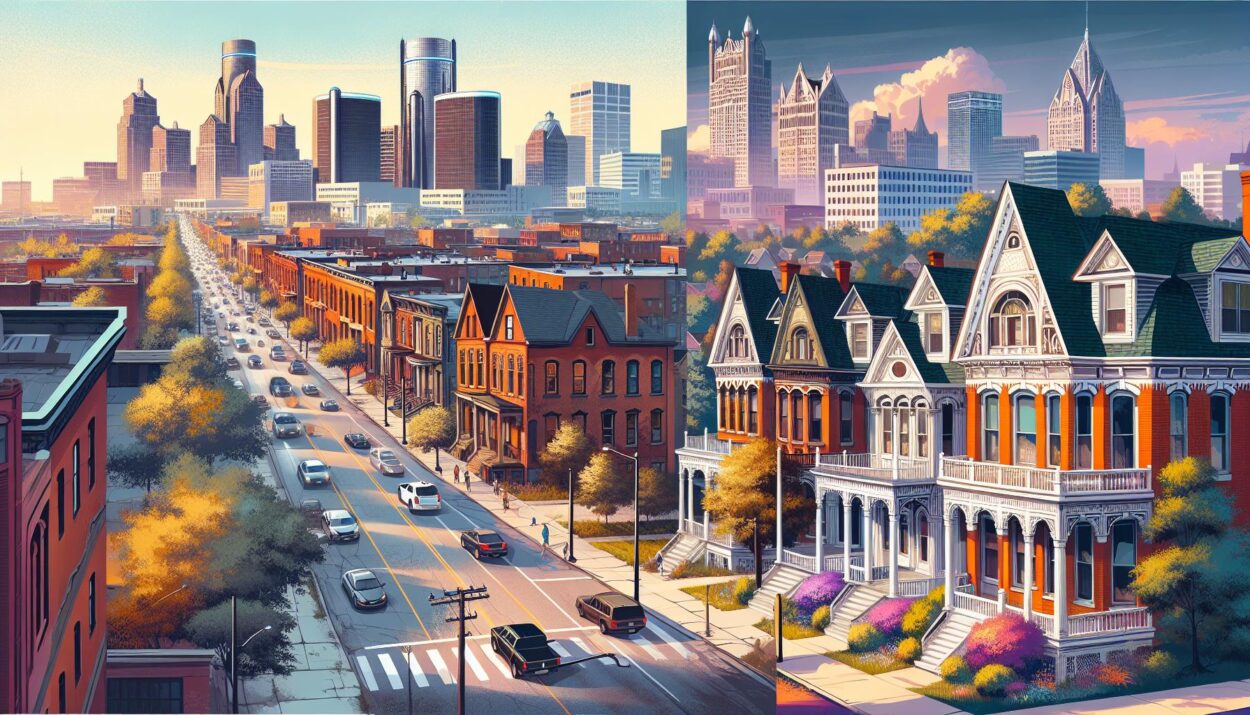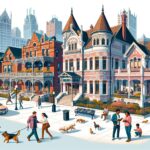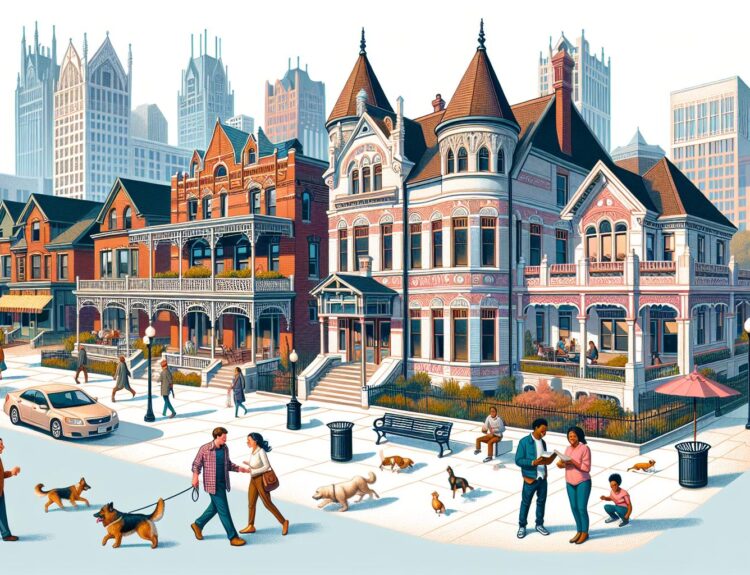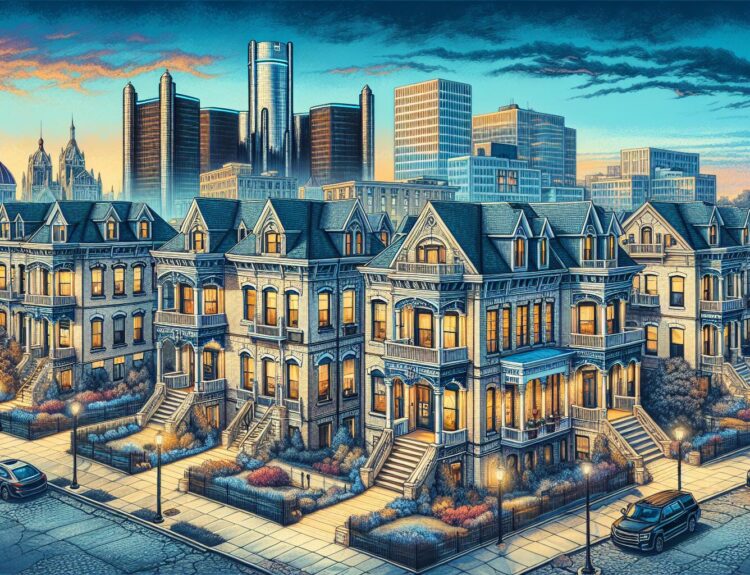When I think of Detroit, two neighborhoods immediately come to mind – Brush Park and Indian Village. Both areas have their own unique charm and history that make them stand out in the city. Brush Park is known for its beautiful Victorian-era homes that have been restored to their former glory, while Indian Village boasts stunning mansions that exude elegance and luxury.
Exploring the streets of Brush Park, I can’t help but admire the intricate details of the architecture and imagine what life was like in the past. On the other hand, Indian Village’s tree-lined avenues and grand estates transport me to a different era, where opulence and sophistication were the norm. Each neighborhood has its own story to tell, and I’m excited to delve deeper into their rich heritage and vibrant community spirit.
History of Brush Park Detroit
Brush Park is a historic neighborhood in Detroit that was once home to some of the city’s wealthiest residents. It emerged in the mid-19th century and quickly became a hub for the city’s elite. This area was named after Elijah Brush, a prominent attorney, and began to attract wealthy professionals, entrepreneurs, and socialites who sought to build grand homes in the area.
Developed during the Victorian era, Brush Park features a mix of architectural styles, including Second Empire, Romanesque, and Queen Anne. The neighborhood is famous for its meticulously restored Victorian homes, many of which were built by renowned architects.
Over the years, Brush Park has undergone periods of decline and revitalization. While some of the historic homes fell into disrepair, others were lovingly restored to their former glory. Today, Brush Park stands as a testament to Detroit’s rich history and architectural heritage.
Architecture in Brush Park
Walking through Brush Park feels like stepping back in time. The neighborhood is a treasure trove of Victorian architecture, with elaborate Second Empire and Queen Anne style homes lining the streets. The intricate details of the ornate facades and grand entrances speak volumes about the area’s rich history and opulent past.
Each home in Brush Park tells a unique story through its design and construction. The ornamental trimmings, turrets, and stained-glass windows are a testament to the craftsmanship of the builders of that era. It’s fascinating to see how these homes have stood the test of time, with many undergoing meticulous restorations to preserve their original charm.
What sets Brush Park apart is the diversity in architectural styles within a relatively small area. From Italianate to Victorian Gothic and everything in between, each home adds to the neighborhood’s distinctive character. The blend of different influences creates a visually stunning tapestry that showcases the artistry and creativity of the architects and builders who shaped the area.
In Brush Park, every corner turned reveals a new architectural gem waiting to be discovered. The streets are like an open-air museum, offering a glimpse into the grandeur and elegance of a bygone era. Whether you’re a history buff, an architecture enthusiast, or simply someone who appreciates beauty, Brush Park is sure to captivate you with its timeless appeal.
Community Spirit in Brush Park
Living in Brush Park, I can attest to the strong sense of community that permeates the neighborhood. The residents here are not just neighbors; they are friends who look out for one another. Whether it’s organizing block parties, sharing surplus produce from backyard gardens, or simply waving hello as you pass by, there’s a warm and welcoming atmosphere that makes you feel like you belong.
In Brush Park, community involvement is key. Residents take pride in their neighborhood and actively participate in local events and initiatives. From clean-up drives to charity fundraisers, there’s always something happening to bring people together. It’s this collective effort that makes Brush Park more than just a place to live – it’s a real community where everyone has a voice.
One of the things I love most about living in Brush Park is the sense of unity and camaraderie among neighbors. There’s a genuine care and support system that extends beyond just sharing a zip code. Whether it’s lending a helping hand during tough times or celebrating milestones together, the bonds formed in this community run deep.
| Residents as friends | Residents not just neighbors, but friends who look out for one another |
|---|---|
| Community involvement | Residents actively participate in local events and initiatives |
| Unity and camaraderie | Genuine care and support system, bonds run deep |
Indian Village: A Glimpse into the Past
Exploring Indian Village feels like stepping back in time. As I walk down the tree-lined streets, the grandeur of the historic mansions leaves me in awe. The architectural styles here are a blend of Colonial Revival, Tudor, and Arts and Crafts. Each home tells a story, reflecting the wealth and elegance of a bygone era.
Indian Village was established in the late 19th century and quickly became a sought-after address for Detroit’s elite. Today, it stands as a testament to the city’s rich history and architectural heritage. The meticulously maintained homes are a reminder of the area’s prosperous past and the care taken to preserve its legacy.
Strolling past the iron gates and landscaped gardens, I can’t help but feel the charm and sophistication that define Indian Village. The community here exudes a sense of pride in its history, evident in the attention to detail in every historic home. It’s a place where time seems to stand still, offering a glimpse into a world of elegance and refinement.
| Facts about Indian Village | |
|---|---|
| Year Established | Late 19th century |
| Architectural Styles | Colonial Revival, Tudor, Arts and Crafts |
| Community Atmosphere | Pride in history, attention to detail |
Beyond its architectural splendor, Indian Village embodies a sense of timelessness and grace that transports visitors to a different era. It’s a living tribute to Detroit’s past, inviting all who visit to immerse themselves in its history and beauty.
Contrasting Neighborhood Vibes
In Brush Park, the energy is vibrant and dynamic, with a mix of historic homes and new developments. Walking through the streets, you’ll find a fusion of old charm and modern flair. The neighborhood is buzzing with creativity and innovation, attracting a diverse community of residents and visitors alike.
On the other hand, Indian Village offers a more serene and classical ambiance. The tree-lined streets and well-preserved historic mansions create an aura of elegance and tradition. Strolling through Indian Village feels like stepping back in time, with each house telling a story of Detroit’s affluent past.
While Brush Park showcases a blend of past and present, Indian Village proudly preserves its rich history and architectural heritage. Both neighborhoods have their unique appeal, catering to different preferences and lifestyles. Exploring these areas allows me to experience the contrasting vibes that make Detroit’s historical districts truly special.
Conclusion
Exploring Brush Park and Indian Village has been a fascinating journey through Detroit’s diverse neighborhoods. Brush Park’s vibrant energy and modern charm stand out, while Indian Village’s timeless elegance and historical allure captivate visitors. Each neighborhood offers a unique experience, blending the past with the present in its own distinctive way. Whether you’re drawn to Brush Park’s creativity or Indian Village’s traditional charm, both areas showcase the rich tapestry of Detroit’s architectural and cultural heritage. The contrasting vibes of these neighborhoods add depth to Detroit’s character, inviting residents and visitors alike to discover the city’s multifaceted charm.
